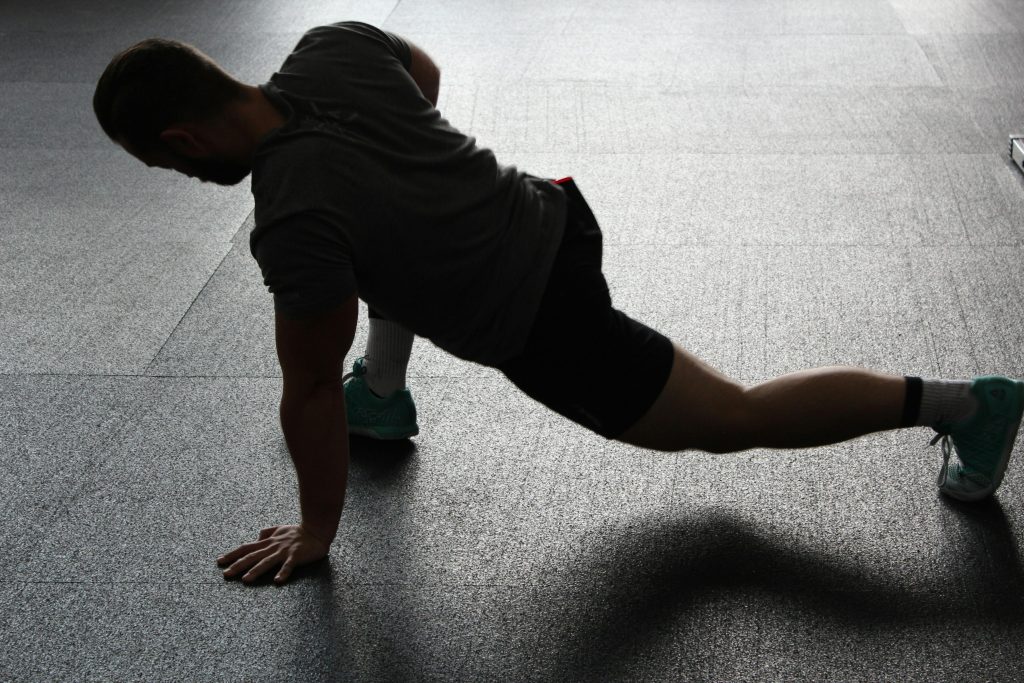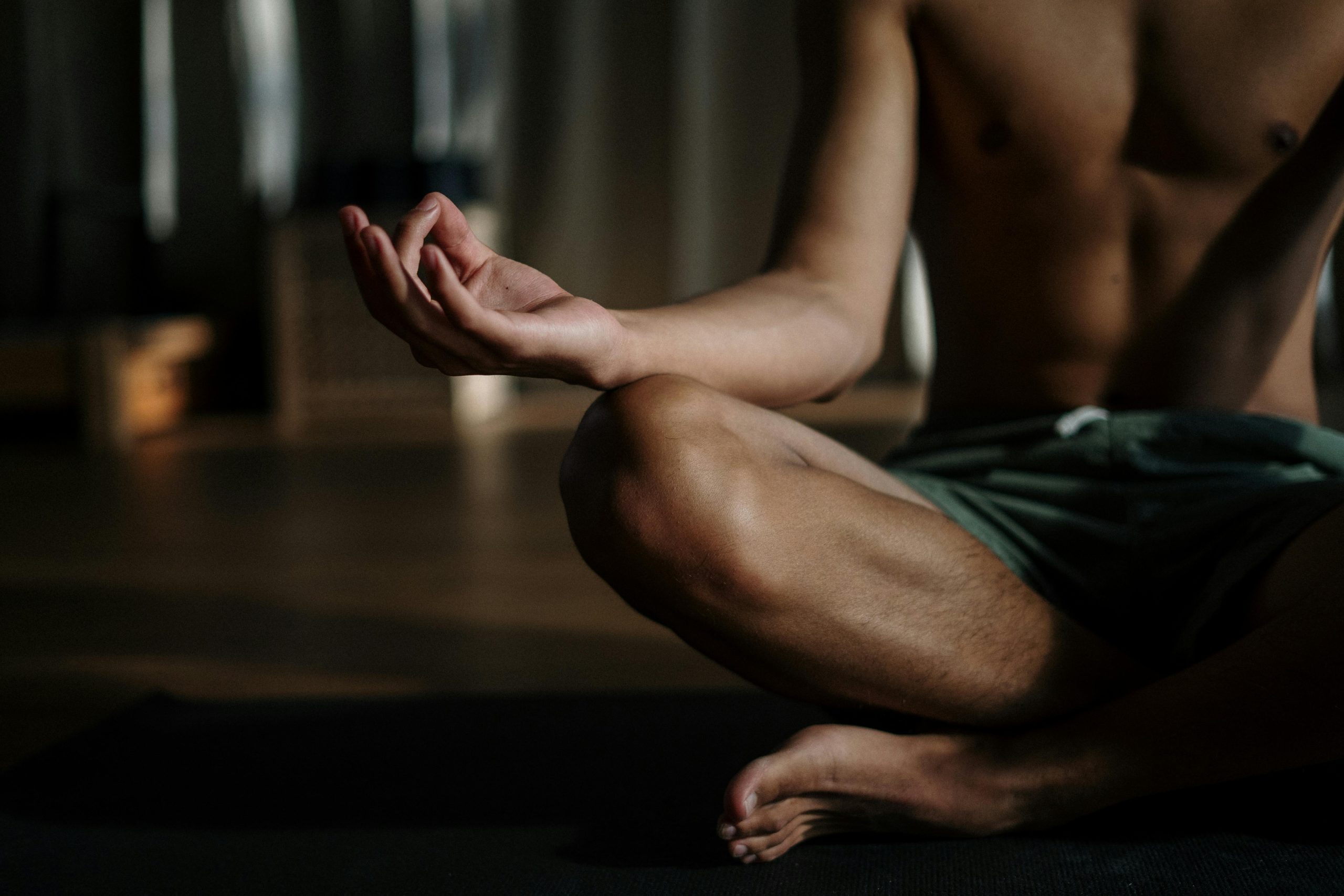How Often Should Beginners Perform Flexibility Routines? A Complete Guide
Improving flexibility is a cornerstone of overall fitness, aiding posture, reducing injury risk, and enhancing performance in any discipline. But for beginners, the key question often is: how frequently should I stretch? Too little, and gains come slowly; too much, and you risk overstretching and injury. In this guide, we’ll explore evidence-based recommendations for flexibility routines, differentiate between types of stretching, outline how to structure your sessions, and provide a sample weekly plan to get you started safely and effectively.

Why Frequency Matters
Flexibility improvements hinge on consistent, progressive overload—similar to strength training. Regular stretching:
- Promotes Tissue Adaptation: Repeated muscle-tendon lengthening signals your body to increase range of motion.
- Enhances Neuromuscular Control: Frequent practice helps your nervous system override protective stretch reflexes.
- Reduces Soreness and Tension: Gentle, regular stretches facilitate blood flow and assist recovery.
However, muscles and connective tissues need time to adapt. Overstretching without adequate recovery can lead to microtears, pain, and setbacks.
Types of Stretching and Recommended Cadence
Static Stretching
What it is: Holding a muscle at its end range for 15–60 seconds.
Frequency for Beginners:
- 2–3 times per week on non-consecutive days for each major muscle group.
- Sessions of 10–15 minutes after workouts or on active-recovery days.
Research shows that regular static stretching three times weekly can improve joint range by 5–20% over 6–8 weeks without negatively impacting strength or power when done post-exercise.
Dynamic Stretching
What it is: Controlled, movement-based stretches that take joints through their full range (leg swings, arm circles).
Frequency for Beginners:
- Every workout session, as part of your warm-up.
- 5–10 minutes before any exercise to prime muscles and improve functional mobility.
Dynamic routines prepare muscles for activity and can reduce injury risk when performed before training.
Proprioceptive Neuromuscular Facilitation (PNF)
What it is: Alternating contract–relax or hold–relax techniques with a partner or resistance.
Frequency for Beginners:
- 1–2 times per week, ensuring at least 48 hours between sessions for the same muscle group.
- Duration: 20–30 minutes per session focusing on specific tight areas.
PNF yields rapid gains in flexibility, but because of its intensity, less frequent practice reduces injury risk and ensures recovery.
Structuring Your Flexibility Routine
Warm-Up First
Always begin with 5–10 minutes of light cardio (e.g., brisk walking, stationary cycling) or dynamic stretches to raise muscle temperature and prevent strains.

Post-Workout Static Stretching
- Target Major Muscle Groups: Hamstrings, quadriceps, hip flexors, calves, chest, shoulders, lower back.
- Hold Times: Start with 15-second holds and gradually work up to 30–60 seconds as comfort increases.
- Repetitions: 2–3 stretches per muscle group.
Dedicated Flexibility Sessions
On non-strength days or rest days, dedicate 20–30 minutes to a full-body flexibility routine, mixing static and PNF techniques for comprehensive gains.
Sample Weekly Flexibility Plan for Beginners
| Day | Activity |
|---|---|
| Monday | Dynamic warm-up + post-workout static stretching (15 min) |
| Tuesday | Active rest + 20-min dedicated flexibility session (static & PNF) |
| Wednesday | Dynamic warm-up + post-workout static stretching (15 min) |
| Thursday | Rest or light activity (e.g., walking, yoga flow) |
| Friday | Dynamic warm-up + post-workout static stretching (15 min) |
| Saturday | Active rest + 20-min dedicated flexibility session |
| Sunday | Rest or gentle mobility (foam rolling, light yoga) |
This schedule balances training days with focused flexibility work and recovery, allowing tissues to adapt effectively.
Tips for Safe, Effective Progress
- Listen to Your Body: Stretch to a point of mild discomfort, never sharp pain.
- Progress Gradually: Increase hold times and range incrementally—aim for 5% improvements per week.
- Breathe Deeply: Steady exhalations help muscles relax and deepen the stretch.
- Stay Consistent: Flexibility gains compound over time; missing sessions slows progress.
- Hydrate and Fuel Properly: Well-hydrated muscles and balanced nutrition support tissue health and recovery.

When to Seek Professional Guidance
- Persistent Tightness: If certain areas remain stubbornly inflexible after 4–6 weeks.
- Pain During Stretching: Sharp or joint pain warrants evaluation by a physical therapist.
- Pre-Existing Injuries: Customized programs reduce risk and ensure safe progression.
Conclusion
For beginners, a well-rounded flexibility routine performed 2–3 times per week for static stretches, each training session for dynamic warm-ups, and 1–2 times per week for PNF represents an optimal balance of stimulus and recovery. By structuring your plan to include post-workout stretches, dedicated flexibility sessions, and ample rest, you’ll build safe, sustainable gains in range of motion—paving the way for better performance, reduced injury risk, and greater overall mobility.
